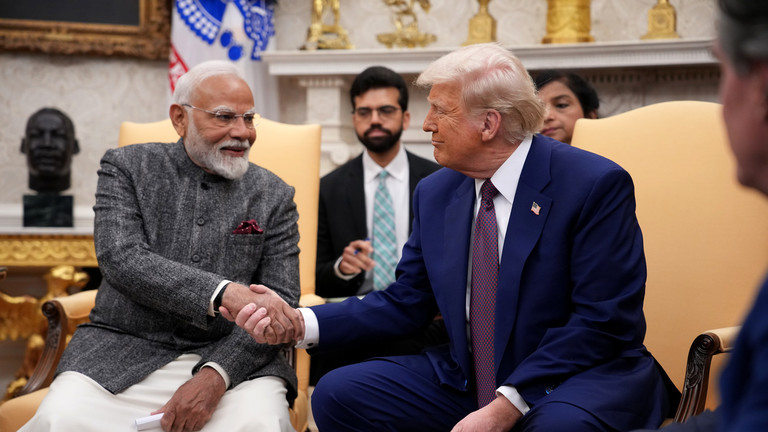Battery Race: China's Dominance and India's Dilemma
India, with its ambitious plans to transition to clean energy, is facing a critical challenge:

India, with its ambitious plans to transition to clean energy, is facing a critical challenge: securing a steady supply of critical minerals essential for battery manufacturing. These minerals, such as lithium, cobalt, and nickel, are crucial components of electric vehicle (EV) batteries and renewable energy storage systems. China's dominance in the global supply chain of these minerals poses a significant threat to India's energy transition and its aspirations to become a leading power in the Global South.
The Critical Mineral Challenge
The demand for critical minerals has skyrocketed in recent years due to the growing popularity of EVs and renewable energy technologies. China has strategically invested in mining and refining these minerals, giving it a significant advantage in the global market. India, on the other hand, is heavily reliant on imports for these critical resources. This dependence makes India vulnerable to supply chain disruptions and price fluctuations controlled by China.
Africa: A Potential Solution
To address this challenge, India is increasingly turning its attention towards Africa. The continent is rich in critical minerals, and India's diplomatic and economic ties with African nations are growing stronger. By investing in mining projects and developing partnerships with African countries, India aims to diversify its supply chain and reduce its reliance on China.
Challenges and Opportunities
While Africa presents a promising opportunity for India, there are significant challenges to overcome. These include:
- Geopolitical Competition: China is also actively pursuing mining interests in Africa, leading to intense competition for resources.
- Infrastructure: Many African countries lack the necessary infrastructure to support large-scale mining operations.
- Governance and Corruption: Corruption and political instability in some African countries can hinder investment and create risks for foreign companies.
Despite these challenges, India can leverage its strong cultural and historical ties with Africa to build mutually beneficial partnerships. By investing in sustainable mining practices and supporting local communities, India can establish itself as a responsible and reliable partner in Africa's development.
Conclusion
The race for critical minerals is intensifying as the world transitions to a cleaner energy future. China's dominance in this space poses a significant threat to India's aspirations. By strategically investing in Africa, India can diversify its supply chain and reduce its dependence on China. However, success will require careful planning, diplomatic efforts, and a commitment to sustainable and responsible mining practices.






















